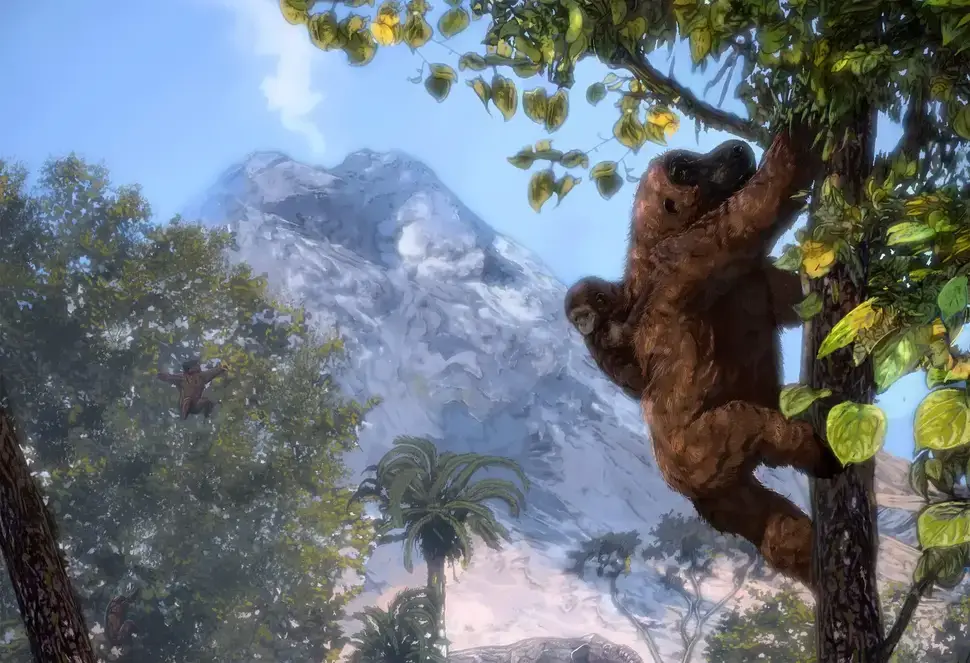Researchers are changing the narrative of evolution through paleontological and geological fieldwork

According to new research led by the University of Minnesota in the Twin Cities, the story of human evolution is not as simple as previously thought. Two studies found that early apes lived in a wide variety of habitats, including open habitats such as tea and forested grassland (savanna), which existed ten million years earlier than previously known. The study led to a new framework for future studies on the origins of ape evolution. The findings indicate that the anatomy of modern monkeys may have developed in open woodlands in leaf-eating monkeys and not in fruit-eating monkeys that lived in the forest.
The story of human evolution has long been the story of a forested Africa that gradually became drier, creating open grasslands that caused our forest-loving ape ancestors to abandon the forests and walk on two. Although the ecological and fossil evidence has suggested that this narrative is too simplistic, this theory is still prominent in many evolutionary scenarios.
The new studies published in the journal Science challenge this idea. The findings describe paleoecological reconstructions of ancient ape fossil sites in East Africa dating to the early Miocene period - 23 to 16 million years ago - showing that ancient apes lived in a wide variety of habitats, including open habitats such as tea and forested grassland, which existed for ten million years Earlier than was customary in the past.
The research findings include:
- Some of these habitats contained significant C plant biomass4 – types of grass that characterize tropical savannas, but were previously thought to have become dominant only 10 million years ago.
- The anatomy of modern monkeys may have developed in open woodlands in leaf-eating monkeys and not in fruit-eating monkeys that lived in the forest.
- The combination of open habitats and biomass C4 significant in the early Miocene suggests that traditional scenarios regarding the evolution of animal and plant communities in Africa, including the origin of hominins, should be reconsidered.
Researchers in nine complexes of fossil sites - which included 30 experts from institutes in Africa, North America and Europe - carried out paleontological and geological field work, collected thousands of remains of fossilized plants and animals and sampled fossil deposits that provided a lot of evidence that was used to reconstruct the ancient habitats.
"None of us could have reached these conclusions working in isolation at our fossil site," said Kieran McNulty, lead author and organizer of the ten-year research project. "Working with fossils is challenging. We discover clues to past lives and have to assemble and interpret them in space and time. It's like a four-dimensional puzzle, when each team member can only see some of the pieces."
More of the topic in Hayadan:

4 תגובות
Richard Dawkins mentioned this in his book The Selfish Garden. But genes are more developed than we can imagine. You can deny millions of years of evolutionary development. It won't help to deny billions of years of geological existence either. Where was God when he was needed? Certainly not in Germany and Poland. I too would be ashamed and hide myself if I were him.
Thank you very much for a very interesting article. I wised up
Scientists in the United States have long said. That to say that the world was created by an explosion, is like saying. A hurricane passed through a scrap yard, creating a new Boeing airplane. Whoever thinks that the world was created by an explosion, is simply lying to himself, nothing more. There is a creator of the world, and he told the date of the creation of the world.
Some of them still live today in the academy and similar breeding places